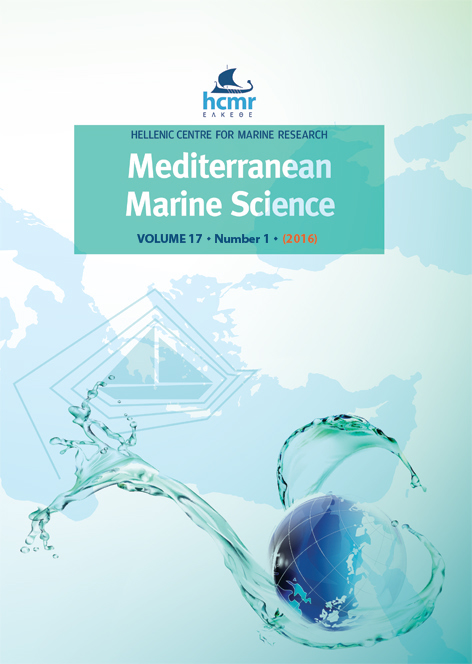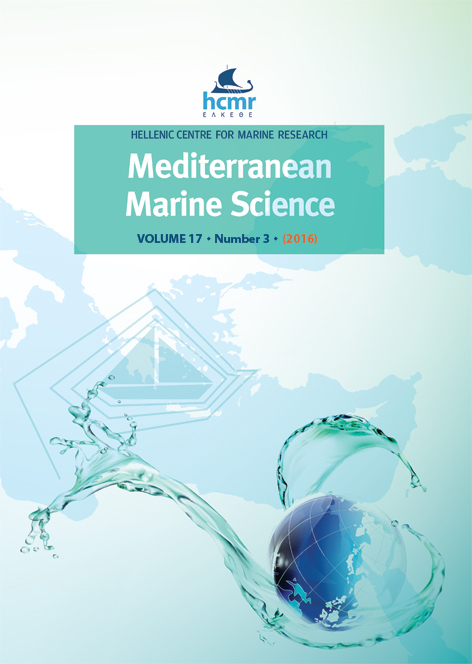Feeding habits and helminth parasites of sardine (S. pilchardus) and anchovy (E. encrasicolus) in the Adriatic Sea
Abstract
We examined the stomach contents of two of the most economically and ecologically important small pelagic fish species, the sardine, Sardina pilchardus and the anchovy, Engraulis encrasicolus, obtained monthly from commercial purse-seine catches operating on Croatian fishing grounds during a one-year period (January–December, 2011). Both species generally showed a similar diet, with copepod and decapod larvae as dominant prey groups. The composition of anchovy and sardine stomach contents was not size- or sex-related, but throughout the year, a significant difference in diet composition was observed for each species as well as between species. Two gastrointerstinal helminths; the digenean Parahemiurus merus and nematode Hysterothylacium aduncum, were recorded during the stomach content analysis. Differences in population dynamics between the two parasites are congruent with differences in the prey composition of sardine and anchovy, reflecting fine-tuned interactions in the trophic web between parasites and intermediate or paratenic hosts included in the sardine and anchovy diet.
Article Details
- Zitationsvorschlag
-
ZORICA, B., ČIKES KEČ, V., VIDJAK, O., MLADINEO, I., & EZGETA BALIČ, D. (2015). Feeding habits and helminth parasites of sardine (S. pilchardus) and anchovy (E. encrasicolus) in the Adriatic Sea. Mediterranean Marine Science, 17(1), 216–229. https://doi.org/10.12681/mms.1467
- Ausgabe
- Bd. 17 Nr. 1 (2016)
- Rubrik
- Research Article
Authors who publish with this journal agree to the following terms:
- Authors retain copyright and grant the journal right of first publication with the work simultaneously licensed under a Creative Commons Attribution Non-Commercial License that allows others to share the work with an acknowledgement of the work's authorship and initial publication in this journal.
- Authors are able to enter into separate, additional contractual arrangements for the non-exclusive distribution of the journal's published version of the work (e.g. post it to an institutional repository or publish it in a book), with an acknowledgement of its initial publication in this journal.
- Authors are permitted and encouraged to post their work online (preferably in institutional repositories or on their website) prior to and during the submission process, as it can lead to productive exchanges, as well as earlier and greater citation of published work (See The Effect of Open Access).







